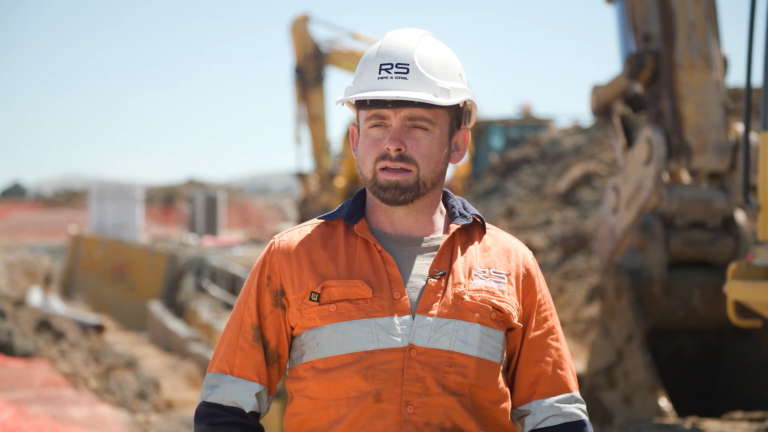

Friday 16 August – Infrastructure Australia released its 2019 Infrastructure Audit pointing to major reforms needed within the sector to keep pace with rapid population growth and environmental change across the country.
The audit presents a forward-looking view of Australia’s infrastructure challenges and opportunities over the next 15 years and reveals major reforms needed to boost capacity and sustain additional pressure from today’s rapidly changing environment.
The recent trend of record infrastructure spending will likely persist as the need for large and mega projects becomes essential to sustaining quality of life for Australians and maintaining the country’s economic and global competitiveness.
Since 2015, more than $123 billion worth of construction work has commenced nationwide and there is a further $200 billion committed in the pipeline.
Infrastructure Australia Chair, Julieanne Alroe said, current infrastructure planning is failing to keep pace with rapid population growth and critical reforms are needed to ensure Australia is no longer playing catch-up.
“The infrastructure program must do more than plug the current funding gap, and change the way we plan, fund and deliver infrastructure,” Ms Alroe said.
“Rather than a short-term boom, the historic level of activity we are seeing in the sector must, and is likely, to continue for the next 15 years and beyond.”
The 2019 audit identifies our current tools are not equipped to deal with many of the new infrastructure problems facing Australians.
“Projects across Australia are getting larger and increasingly complex and will require new approaches if they are to be effectively delivered. So-called mega projects – projects larger than $1 billion in value – are becoming the default, increasing the burden on the sector, and in some cases exceeding industry capacity,” Ms Alroe said.
“If we are going to continue to be productive and accommodate change, we need to grow industry skills and capacity.”
The infrastructure industry in Australia is at a critical point where the price of inaction is significant. If investment were to stop the cost of road congestion is expected to grow from $18.9 billion to $38.7 billion by 2031.
Substantial reforms are required across the sector and significant investment, both fiscal and strategic, to ensure the availability of skills, equipment and industry capacity is equipped for the growing and changing demand of infrastructure.
